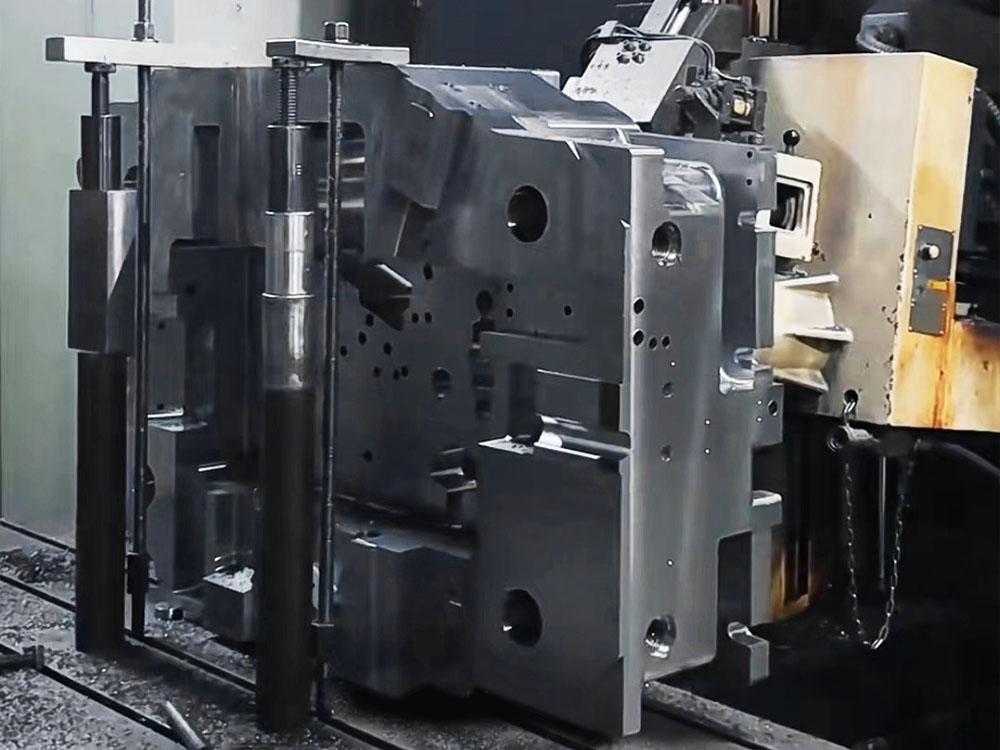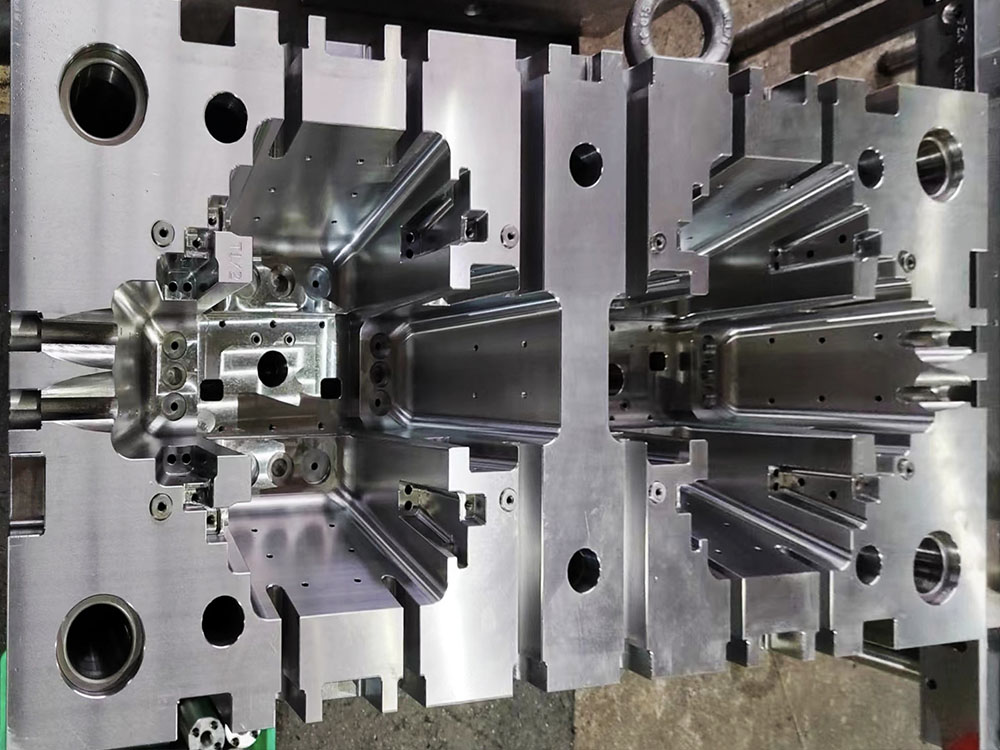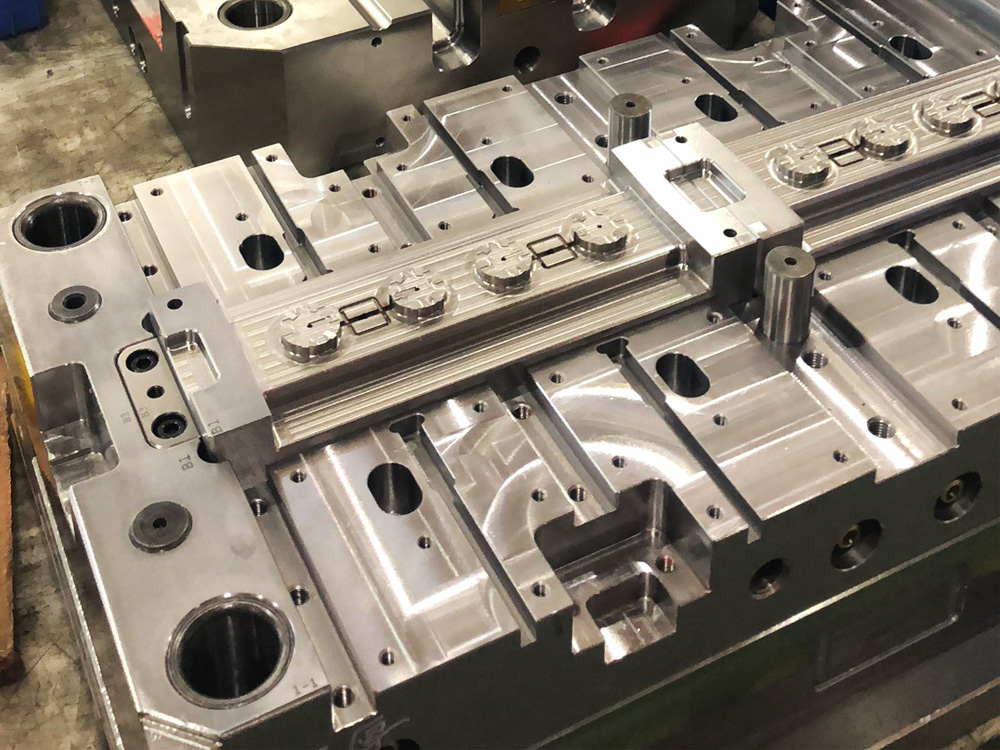Rotating Design of Plastic Mold Framework
Introduction
The design of plastic mold frameworks plays a crucial role in the overall efficiency and effectiveness of mold production. One innovative approach that has gained significant attention in recent years is the rotating design of the mold base. This article aims to explore the concept of rotating design in plastic mold frameworks, its benefits, and its application in the industry.1. Understanding Rotating Design
Rotating design refers to the ability of a plastic mold framework to allow for rotation or spinning of certain components during the molding process. This design feature provides various advantages, including improved cooling, enhanced demolding, and increased productivity.
2. Benefits of Rotating Design
i. Improved Cooling:
Rotating design facilitates effective heat dissipation, as it enables the mold base to expose different sections of the mold to cooling elements or water channels. This ensures uniform temperature distribution, minimizing the risk of defects and improving product quality.ii. Enhanced Demolding:
By incorporating a rotating design, mold bases enable easier and smoother part removal. During the rotation, the molded product is gently released from the mold cavity, reducing the chances of damage or distortion. This feature is particularly crucial for complex or delicate plastic products.iii. Increased Productivity:
The rotating design optimizes cycle time and productivity by allowing for concurrent cooling and demolding processes. As one part is being cooled, another can be demolded, significantly reducing overall production time. This contributes to higher efficiency and cost-effectiveness in mold production.3. Application in the Industry
Rotating design in plastic mold frameworks finds wide application in various industries. Here are some notable examples:
i. Automotive Industry:
Rotating design proves particularly beneficial in the production of automotive parts, such as complex light housings or interior components. The ability to demold these intricate parts with minimal damage is critical, and rotating design ensures successful extraction and high-quality end products.ii. Medical and Pharmaceutical Sector:
In the medical and pharmaceutical industry, rotating design facilitates the production of precise parts, including syringe barrels, inhalation devices, and pill containers. The delicate nature of these products necessitates gentle demolding, which the rotating design achieves seamlessly.iii. Consumer Electronics:
Electronic devices often require intricate plastic components. The rotating design allows for the efficient production of items like phone cases, camera housings, or laptop parts. By uniformly cooling and gently demolding these parts, the rotating design guarantees excellent product quality.Conclusion
The rotating design of plastic mold frameworks offers significant advantages in the mold production industry. With improved cooling, enhanced demolding, and increased productivity, this design feature revolutionizes the manufacturing process. Its application in various industries, including automotive, medical, and consumer electronics, highlights its versatility and importance. As the demand for high-quality plastic products continues to rise, embracing the rotating design becomes essential for staying competitive in the market.




